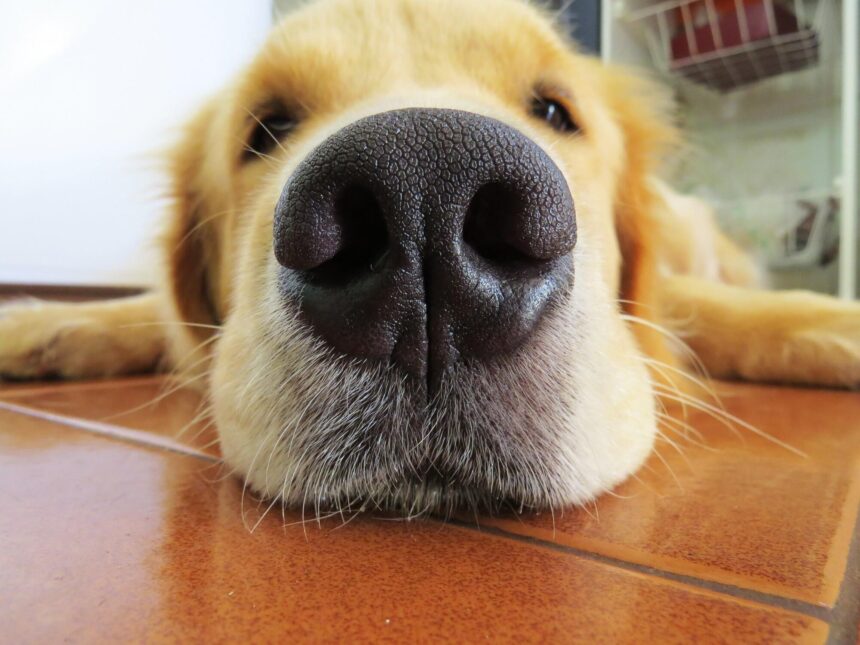Owning a pet is a joy, but it comes with its own set of challenges. One issue that may worry dog owners is the kennel nose. This condition can affect dogs of all breeds and ages, yet many pet owners are not aware of it.
In this blog post, we’ll explore what a kennel nose is, its causes, symptoms, and effective treatments. Understanding this information can help you keep your furry friend healthy and happy.
What Is Kennel Nose?
Kennel’s nose refers to a condition where a dog develops abrasions or sores on its nose. These can range from mild to severe, depending on various factors.
While the term “kennel” might suggest it only happens in kennels, that’s not the case. Dogs can develop kennel noses in various environments, including their own homes. Kennel nose typically appears as small cuts, scrapes, or raw patches on the nose.
Common Causes of Kennel Nose
One common cause is environmental. Dogs often rub their noses against hard surfaces like cages, fences, or even the ground. This behavior can lead to abrasions over time.
Another common cause is allergies. Just like humans, dogs can suffer from allergic reactions that cause them to scratch or rub their noses excessively. This can result in a kennel nose, especially if the dog’s skin is sensitive.
Finally, stress and anxiety can also contribute to the development of kennel nose. Dogs under stress may exhibit compulsive behaviors like excessive rubbing or scratching, leading to sores and abrasions on their noses.
Symptoms to Watch For
Recognizing the symptoms of kennel nose early can help you address the issue before it worsens. The first sign is usually visible damage to the nose.
This can appear as red, inflamed, or raw patches. In more severe cases, bleeding or scabbing may occur.
Another symptom to watch for is behavioral changes. If your dog is scratching its nose more than usual or rubbing it against surfaces, this could be a sign of discomfort or irritation.
Lastly, keep an eye out for signs of infection. If the sores on your dog’s nose become swollen, ooze pus, or develop a foul odor, it’s crucial to seek veterinary care immediately.
Treatment Options
Treating calloused noses usually involves a combination of home care and veterinary treatments. For mild cases, keeping the affected area clean and applying a pet-safe antibiotic ointment may be sufficient. It’s also important to monitor your dog’s behavior and environment to prevent further damage.
For more severe cases, your vet may prescribe medications such as antibiotics or anti-inflammatory drugs. These can help reduce pain and promote healing.
Preventing Kennel Nose
One of the most effective ways to prevent this condition is to create a safe and comfortable environment for your dog. Make sure their living space is free from hard or abrasive surfaces that could cause injury. Using UV products for animal care can help guarantee cleanliness.
Regular grooming and skin care can also help keep your dog’s nose healthy. This includes keeping their nails trimmed and ensuring their coat is clean and free from irritants. Finally, maintaining a routine that minimizes stress and anxiety is essential.
Address Kennel Nose Quickly
Kennel nose may seem like a minor issue, but it can significantly impact your dog’s comfort and well-being. By understanding its causes, symptoms, and treatments, you can take proactive steps to keep your furry friend healthy and happy.
Remember, prevention is key. Creating a safe environment, maintaining a balanced diet, and addressing any underlying issues can go a long way in preventing kennel noses.
If you want to read more articles, visit our blog.














